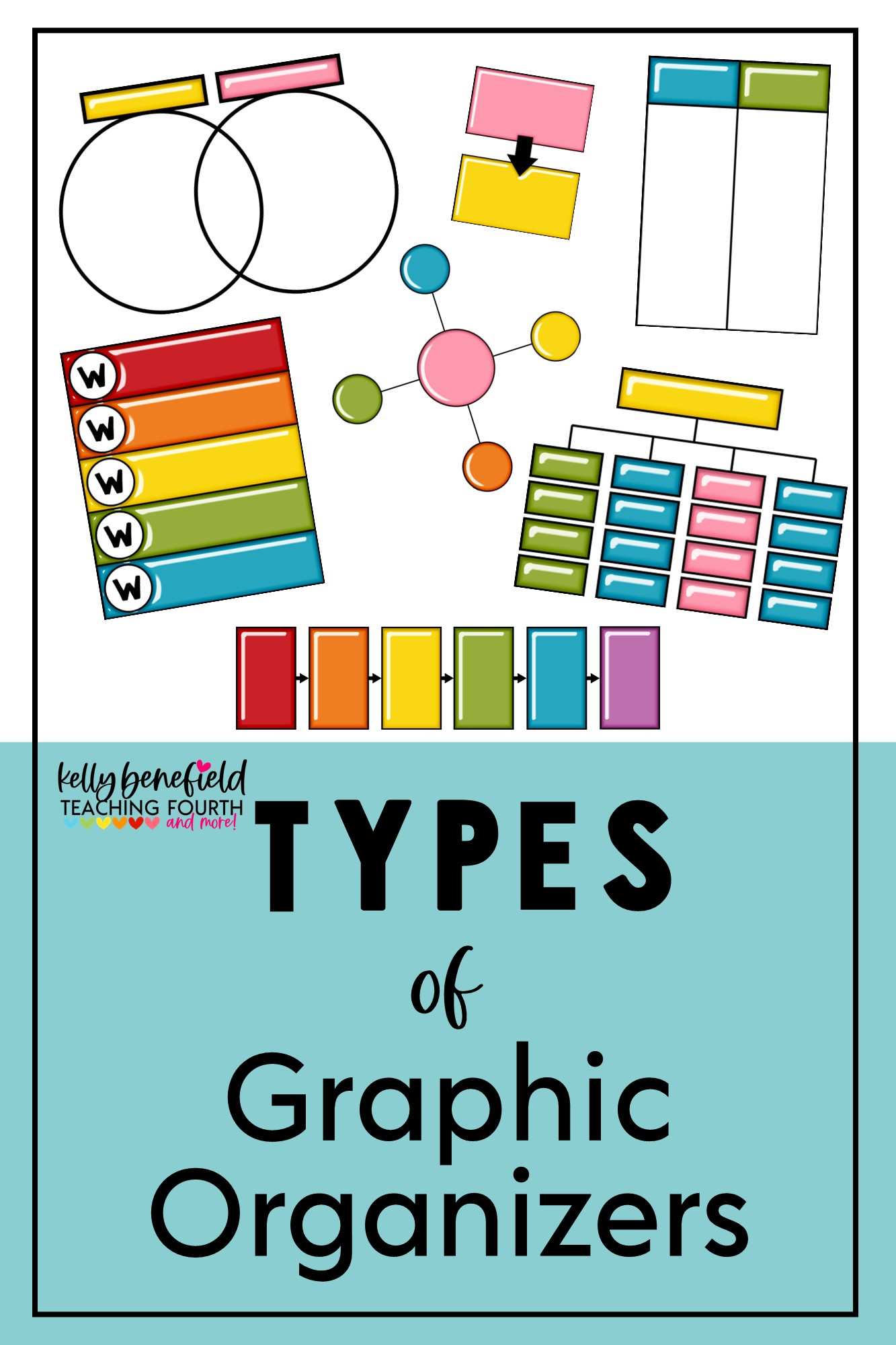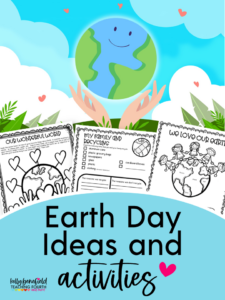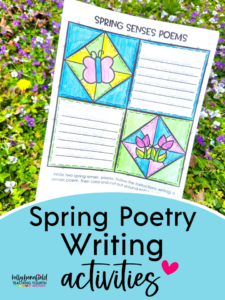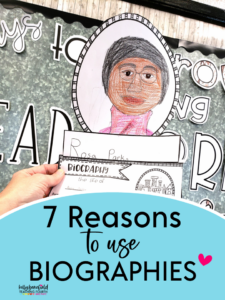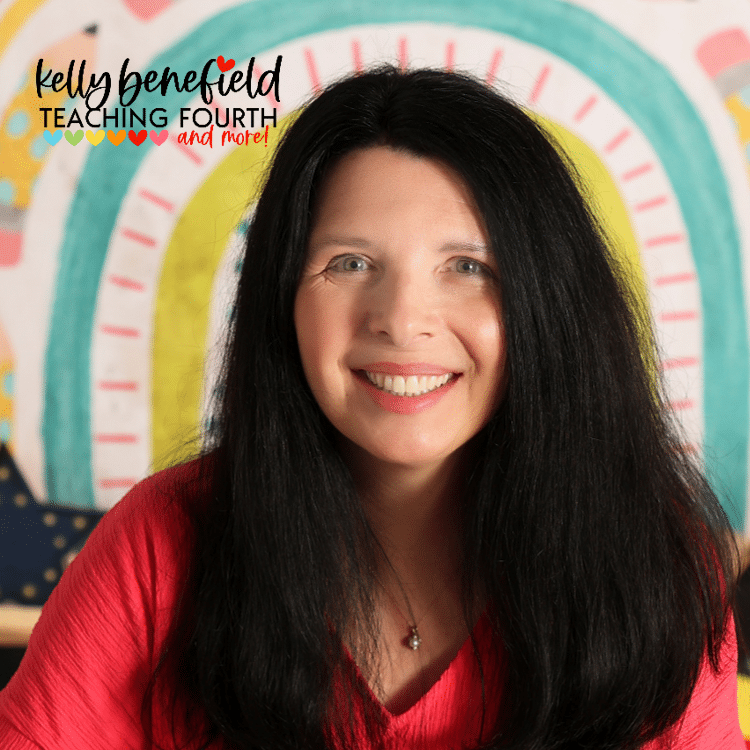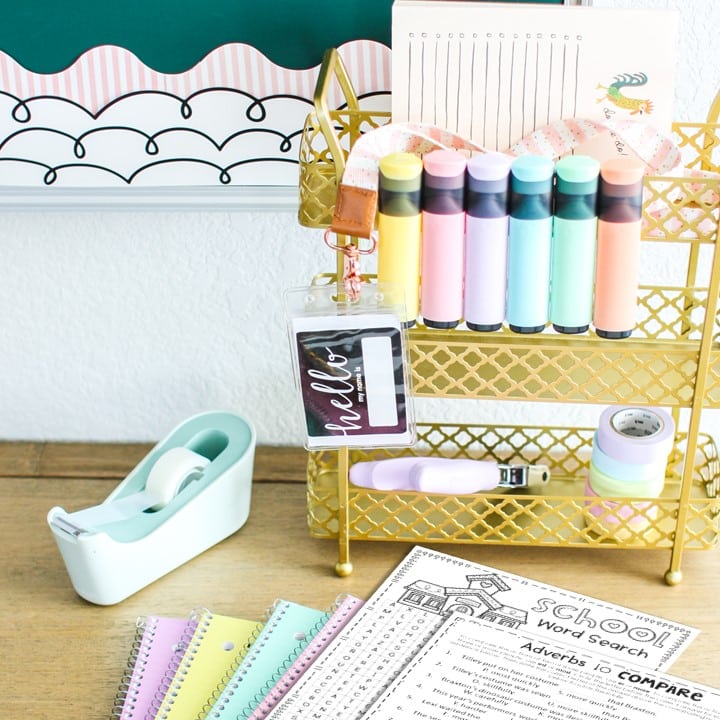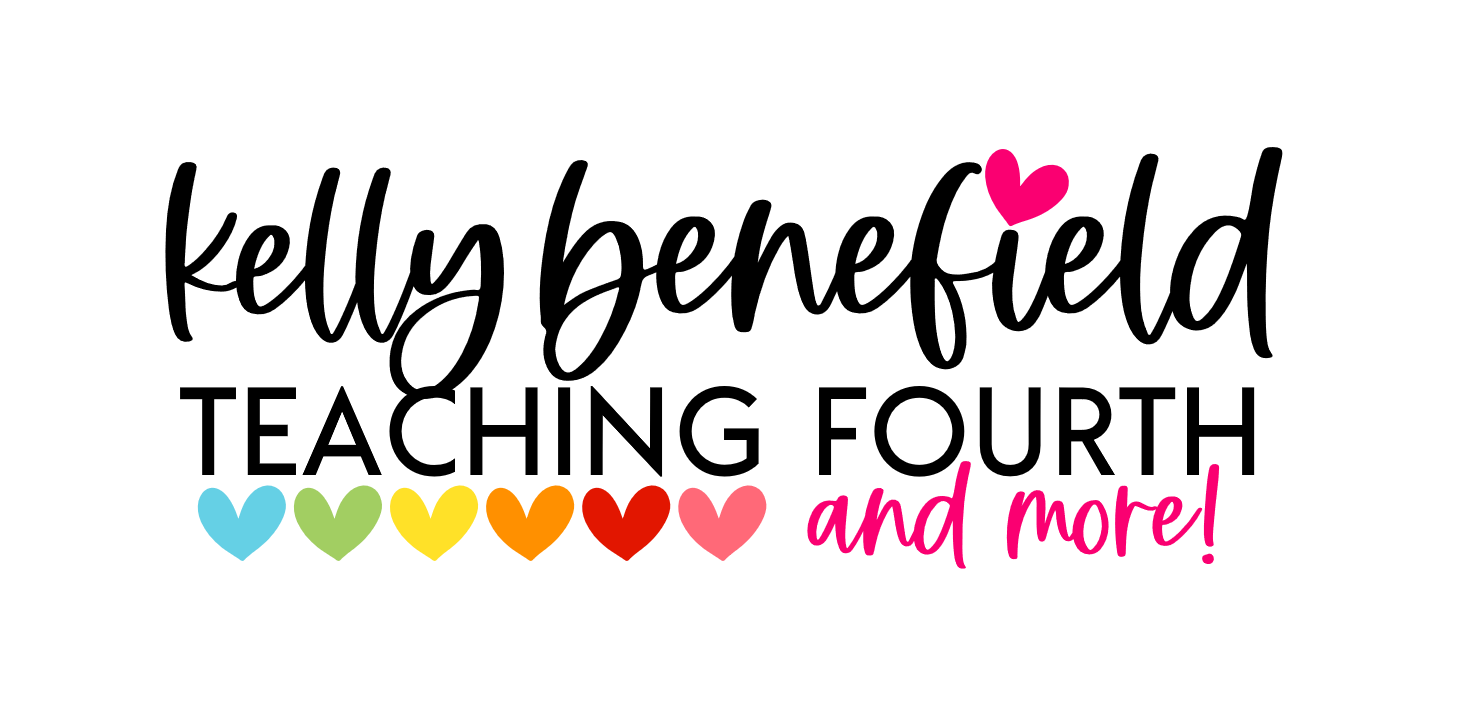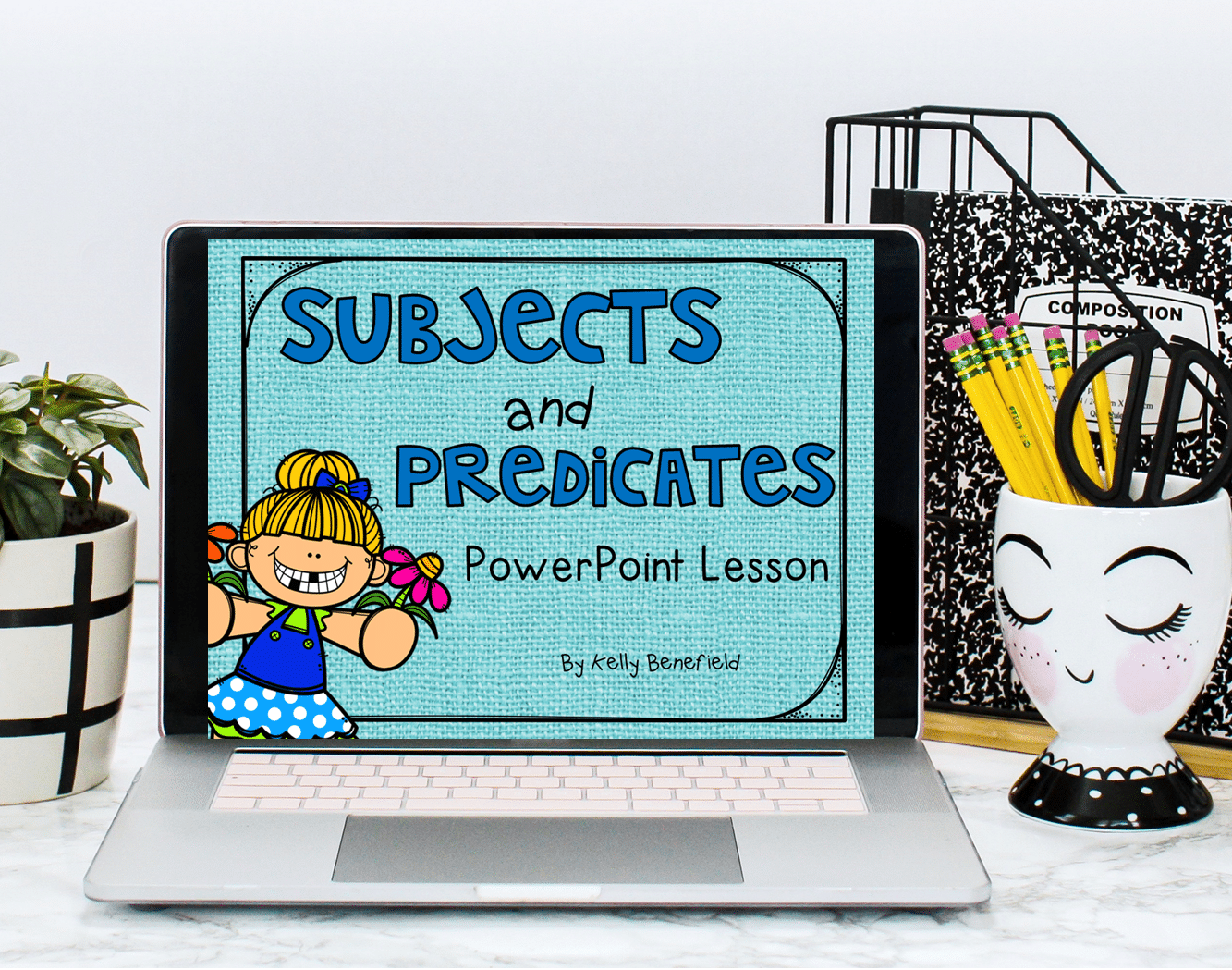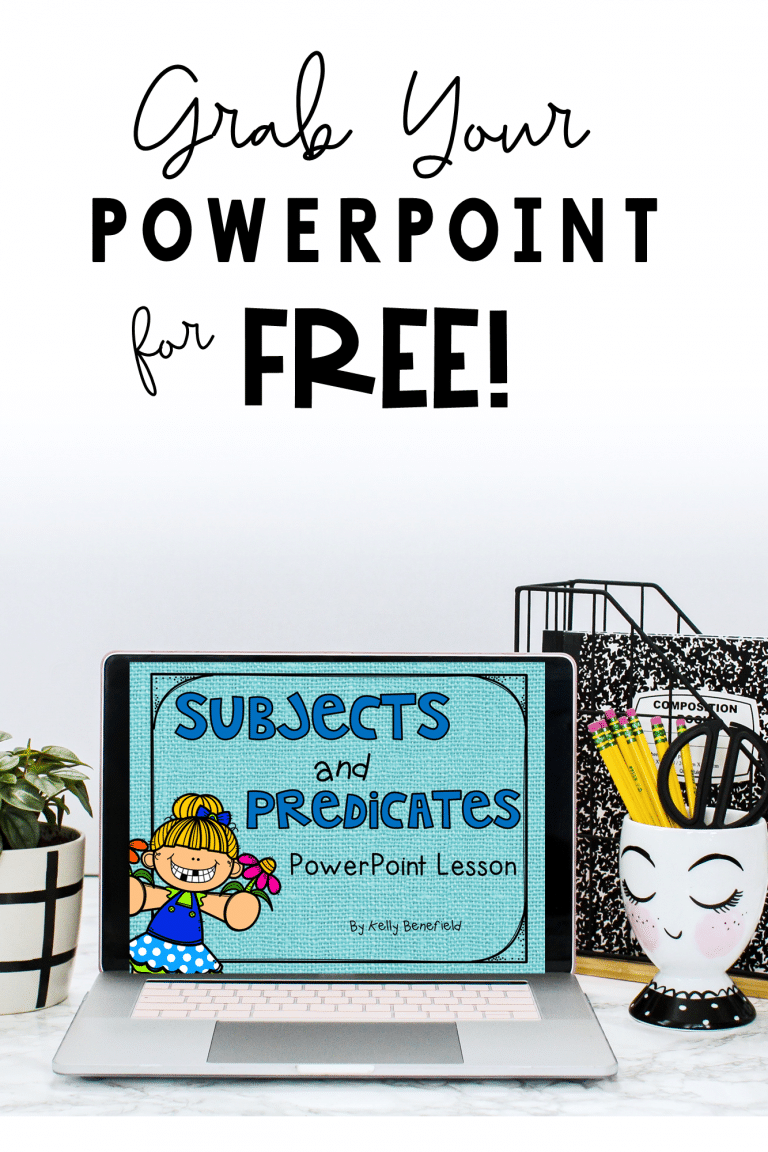There are many types of graphic organizers that can be very beneficial to your students. Here are 7 great types of graphic organizers that you should incorporate into your classroom reading instruction.
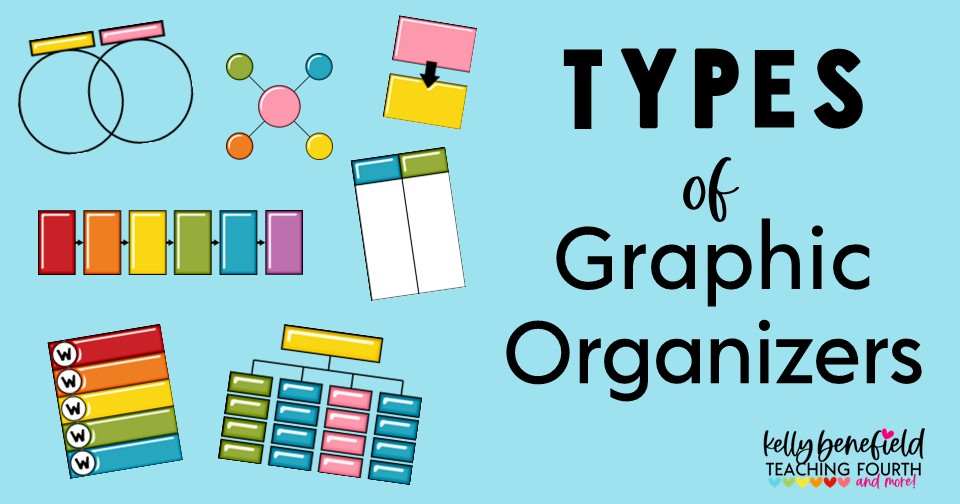
Graphic organizers are visual learning tools. They help students organize information and ideas in ways that help students clarify or simplify information. There are many types of graphic organizers, but I am going to talk about 7 Types of Graphic Organizers that you can use in your classroom.
Graphic organizers can help students organize and prioritize what they are reading. Through this visual organization, students are able to understand relationships and connections in the text. This process leads to improving comprehension.
When using graphic organizers, there are many different types of graphic organizers that can help students organize information. Here are 7 of my favorite types of graphic organizers that are commonly used in classrooms.
Types of Graphic Organizers
T-Chart
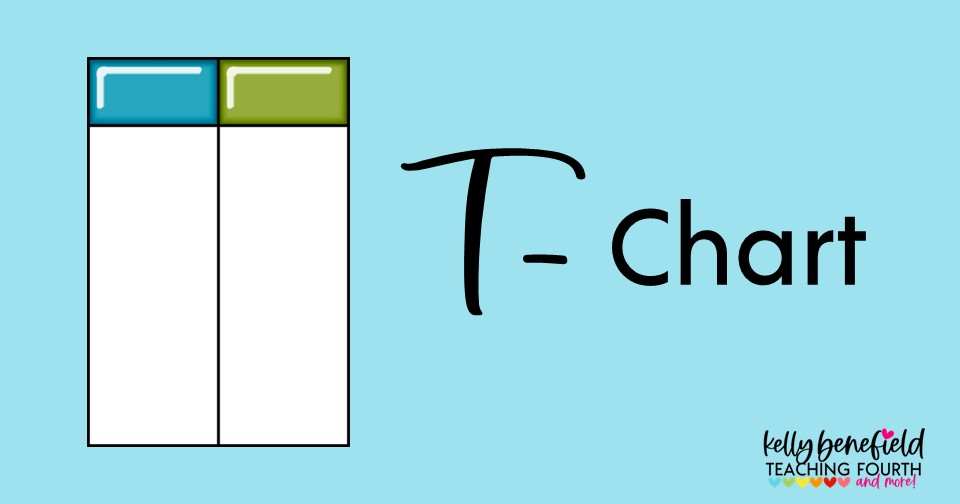
A T-chart graphic organizer consists of 2 columns that can be used to classify 2 concepts, objects, or events. T-charts can be used in reading to examine reading concepts such as cause and effect, problem and solution, or facts and opinions.
T-charts can simply be labeled with the 2 concepts (such as problem and solution). Students then identify and write about each concept or identify each one as they read and find them in the text.
Students can easily create their own T-chart by simply drawing a line vertically down the center of their entire piece of paper. Then draw a horizontal line across the top and label it with the concept that you are teaching.
Venn-Diagram
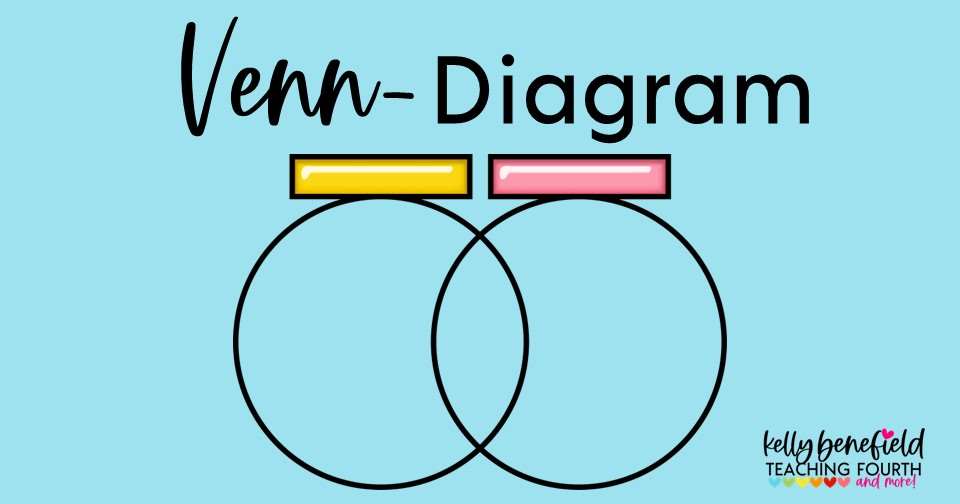
Another type of graphic organizer that is very useful in the reading classroom is the Venn-diagram. This graphic organizer is used to compare and contrast 2 or more groups or things. A Venn-diagram is created with two large overlapping circles. Similarities between the concepts are written in the section where the circles overlap. The differences are written where the circles do not overlap.
Venn-diagrams can be used to increase understanding of relationships between two or more concepts or ideas.
Sequence Chain
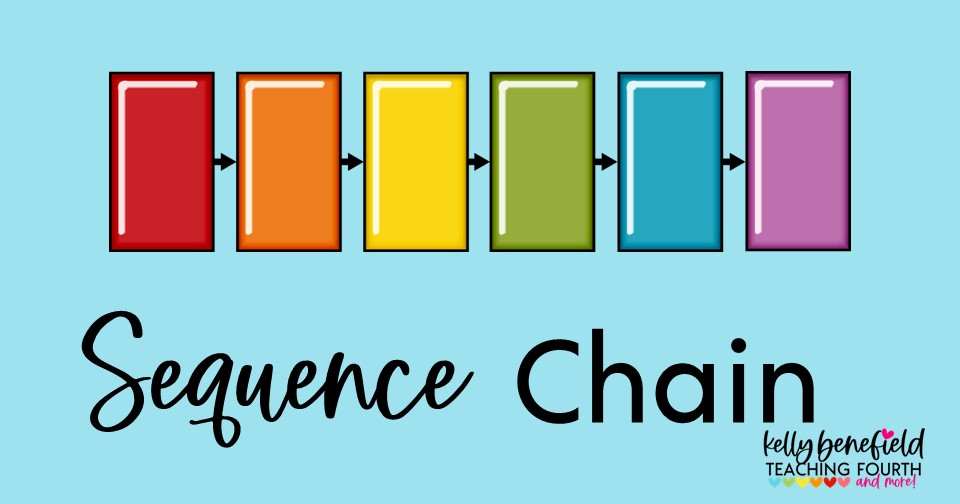
The next type of graphic organizer is an excellent tool to help students keep track of the order in which things happen in a story. This graphic organizer is a series of boxes and arrows that help students visualize the sequential events in the text.
This graphic organizer can be used in many ways. A sequence chain can be used to record a timeline of events, steps in a process, or it can even be used to record the main idea and details in a text.
Tree Chart
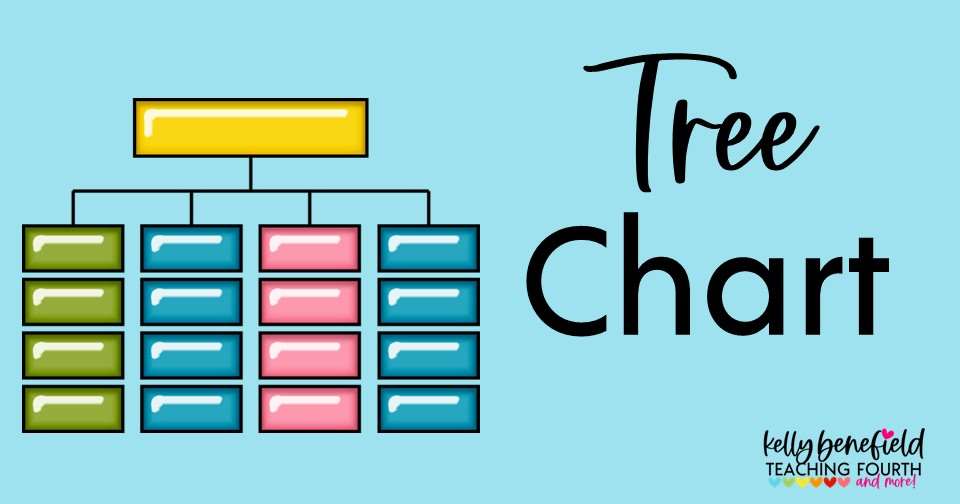
The top section of a tree chart graphic organizer is used to record the topic of the text. Below the topic, main ideas, or subtopics can be listed. Below each subtopic, relevant information, examples, or details about the subtopics can be given.
This graphic organizer is an excellent tool for students to use to classify concepts such as types of trees, animal families, or even types of sentences.
Question Organizer
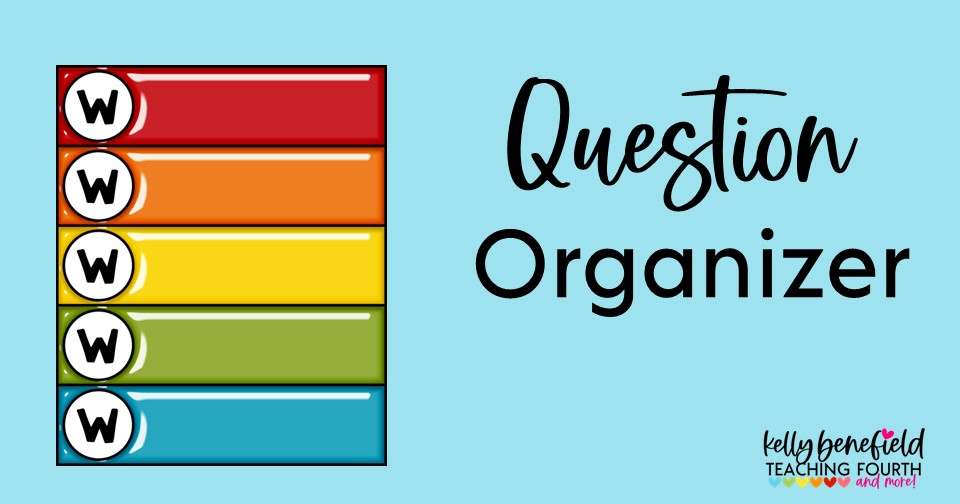
We all ask questions to learn, and a question graphic organizer is an excellent type of graphic organizer to help students ask and answer questions about their reading. Asking questions helps students with comprehension. A basic question graphic organizer includes the 5 questions, Who? What? When? Where? and Why?
To use this organizer, students create questions about the text as they read that begin with each W word. Once the student is finished reading, she can answer the questions based on the text.
Spider Web
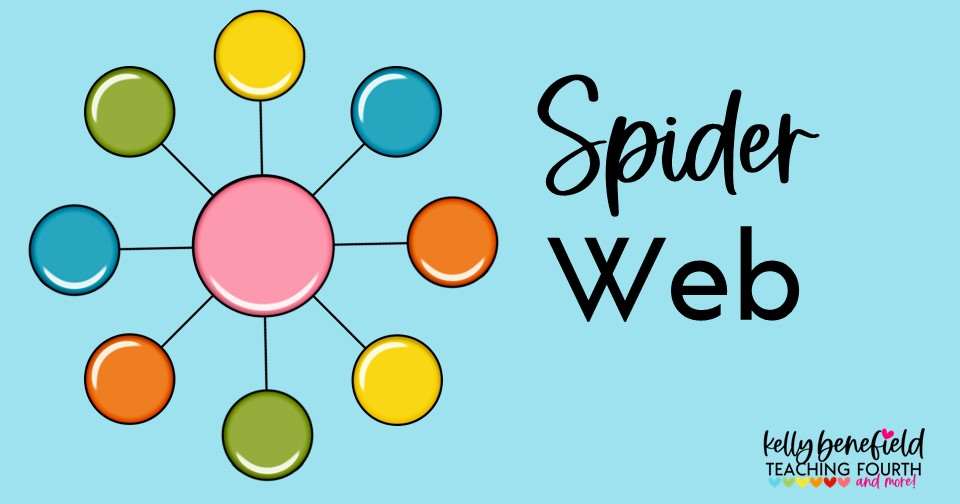
The center of this graphic organizer is where students record the central idea of a text. The details that support the central idea are listed in the branches around the center circle.
This type of graphic organizer is great for brainstorming and/or recording the main idea and details of a nonfiction text.
Cause and Effect
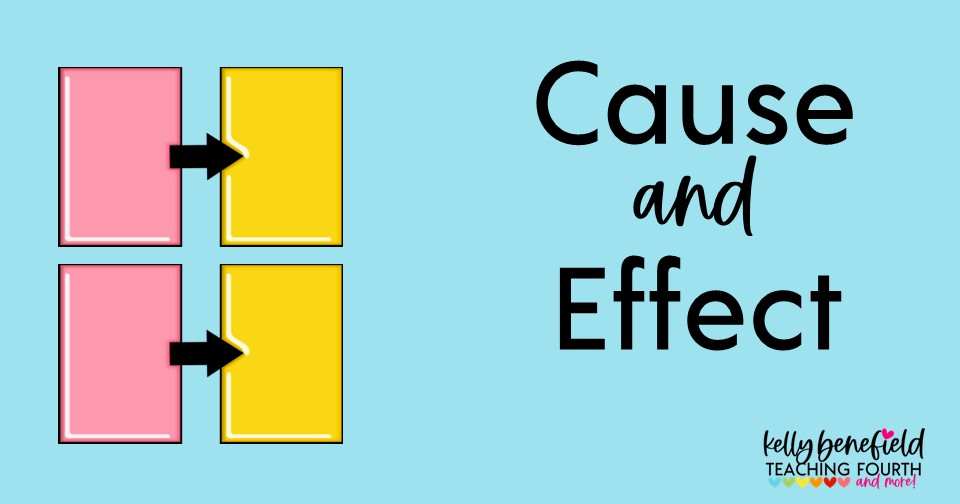
Cause and effect graphic organizers help students chart the cause and effect situations that they identify in a text. There are several formats of cause and effect graphic organizers. T-charts can be used to list several cause and effect situations, with the cause listed on one side of the T and the effect listed on the other.
A format like the one pictured above can be used when there is one effect for each cause in the text, or a spider web may be used if there are several effects of one cause. Charting and identifying cause and effect helps the reader understand the events that happened and why they happened.
I personally feel that graphic organizers should be an important part of any reading program, and I have seen the benefits of using graphic organizers with my own students.
Help support your students in your reading classroom with this my favorite bundle of graphic organizers (for fiction and nonfiction). This best-selling resource will help your students organize, explore, analyze, and clarify a plethora of key reading concepts that will allow and encourage them to think deeply and comprehend their reading. You and your students will love this easy-to-use classroom resource. You will love all of the skills and strategies that are covered with these graphic organizers. Your students will love the fun and bold graphics!
Graphic Organizers Bundle
For even more information and ideas about graphic organizers, check out my blog post on The Benefits of Using Graphic Organizers.
Thanks for visiting, and have a blessed day!
Kelly
